
Starting a business is a process that is both exciting and difficult. But what about creating a complete brand identity? Branding tells the world who you are, what you talk about, and what people can expect when interacting with your business. This is another big problem!
The good news for everyone is that creating a brand identity is fun and easy. You can turn your business into an entity that will live on in your customers’ minds for a long time to come. A brand identity will help you earn customer loyalty and referrals, build trust, and increase the perceived value and price of your product or service.
We know building a strong brand identity without design experience can seem intimidating, but the guidance, tools, and knowledge you need to build a memorable brand identity that you’ll never forget. favourite.
Every company, whether small or large, needs to build a brand identity and find ways to increase awareness. The brand identity will express the personality, vision, and mission of a company. It also helps people recognize that brand, and make an impact on the market.
In this article, Malu Design will analyze in detail the aspects related to brand identity to help companies and businesses better understand the brand, and bring the company image to more people.
What is the brand identity?
Brand – What is a brand? Brand: A brand is a business concept that helps people identify products, people, or businesses. It is the overall perception of your business. Since perception exists only in the mind, the brand only really exists in the mind of the customer.
Branding – What is branding? : To build a brand, you need to practice the art of branding. Branding is defined as the actions you take to create a distinctive, memorable brand. It’s the (hard) work you put in to develop your desired image.
Brand Identity – What is a brand identity? : Brand identity is the physical and digital outcome of branding. It is the set of digital and tangible brand elements that a company creates to portray the right image of the company to its target audience. These elements create a visual brand that your audience can see and recognize as yours.
Unity and harmony is a must for a strong brand identity.
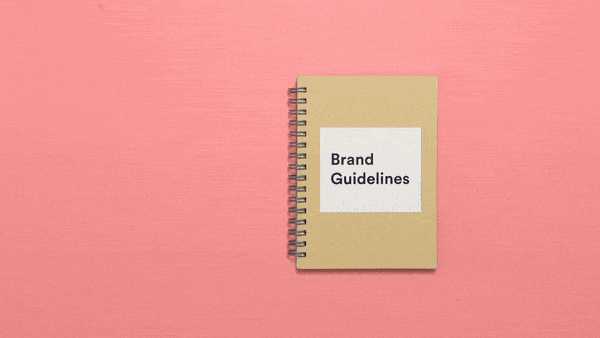
Every customer interaction with your company sends a message. Having a solid brand identity helps ensure that this message aligns with your overall brand strategy.
Brand assets are the elements that make up your visual brand identity. These are unique identifiers that differentiate your brand from others. Having brand equity gives you a competitive edge by encouraging customer recognition.
Your brand equity is automatically associated with your brand in the minds of consumers, which helps build brand loyalty. Here are some examples of brand equity:
- Brand name
- Logo
- Slogan/ Tagline
- Font
- Color board
- mascot
- Brand Voice
Brand Guideline – What is a Brand Guide? : A Brand Handbook (also known as a style guide) is a set of guidelines for how to present your brand across channels and content. These include color and typography usage rules, logo use cases, image examples, etc.
Distinguishing Brand Identity from Brand
If the brand identity is the visual part , the brand is more about the feel .
Simply put, a brand is all a customer feels about a business. In their mind, think of your brand identity as the input, your brand as the output.

However, brand identity is not the only input. It needs to be associated with differentiation, with brand positioning, with brand personality and brand message in order to influence how the brand is perceived in the market.
Jeff Bezos might be the first to describe a brand like this:
“A brand is what other people say about you when you aren’t in the room . ”
This is a simple but correct way of thinking. And brand identity is one of the best tools to shape those perceptions.
Learn more What is a Brand?
Why do businesses need a brand identity?
Brand is essentially the foundation and internal force of an enterprise. In fact, the value of a business is also determined through the value of the brand. When building a strong brand, it means that it occupies a strong position in the minds of customers and earns the respect of partners. That is the most concise explanation for why every business needs a brand identity. Here are 6 reasons why a business needs a brand identity:
- Branding builds customer loyalty and referrals. People choose and recommend companies they like and are familiar with.
- Branding helps you stand out from the competition. Stand out from the competition with a strong brand and deliver on what it promises.
- Brands build recognition. A consistent brand helps customers know the quality to expect every time they interact with your business.
- Branding helps you create clarity and focus. A clear brand strategy and purpose helps you stay focused on your mission and make more informed decisions.
- Branding helps you connect with your customers emotionally. A good brand makes people feel good when they buy your product or service. Tell a story or support something!
- Branding helps you stay consistent. Brand Guidelines save you time and keep you visually consistent.
Example of successful brand identity
Let’s look at some examples of global branding to demonstrate what a strong identity design can do.
1. Patagonia
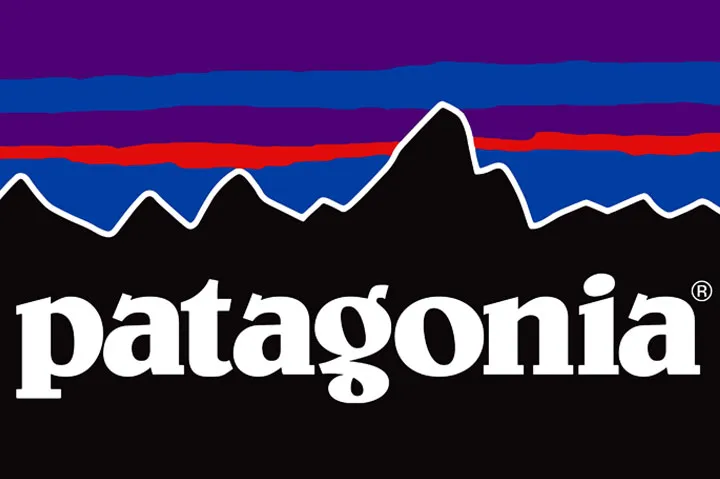
Patagonia uses a prominent wordmark logo with the mountains at sunset as the background. Unlike competitors’ plain sans serif fonts, the logo uses a thick, rounded, lowercase serif font to set itself apart. However, what really makes Patagonia a successful brand image is its brand personality and brand marketing.

They have a sincere brand personality and healthy, honest, and realistic brand values. Patagonia focuses on high quality products that are sustainable and suitable for an adventurous lifestyle. All of these values are closely associated with the brand voice, its message, and its marketing assets.
Check out our guide to building brand personality
2. Mailchimp
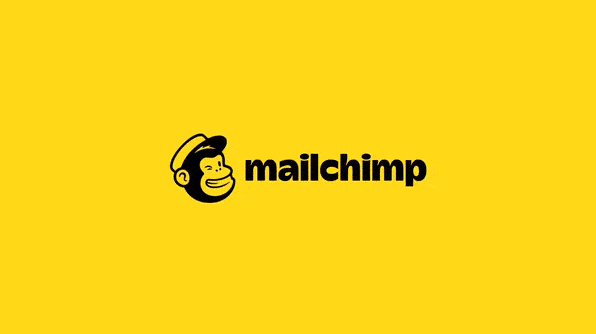
Mailchimp has boldly moved away from the professional and “boring” image of most email marketing platforms and created a brand that is memorable, fresh, fun and friendly. While most people don’t associate these traits with email marketing, Mailchimp does.
The brand’s mascot, the winking monkey Freddie, is memorable, gentle, and the face of Mailchimp. The brand uses yellow to associate the emotions of laughter and sunshine, with pink and bubbling blues as accents. The fancy sans serif logo font paired with the header text has a unique and legible foam foot. Mailchimp cannot be confused with another!
3. Warby Parker
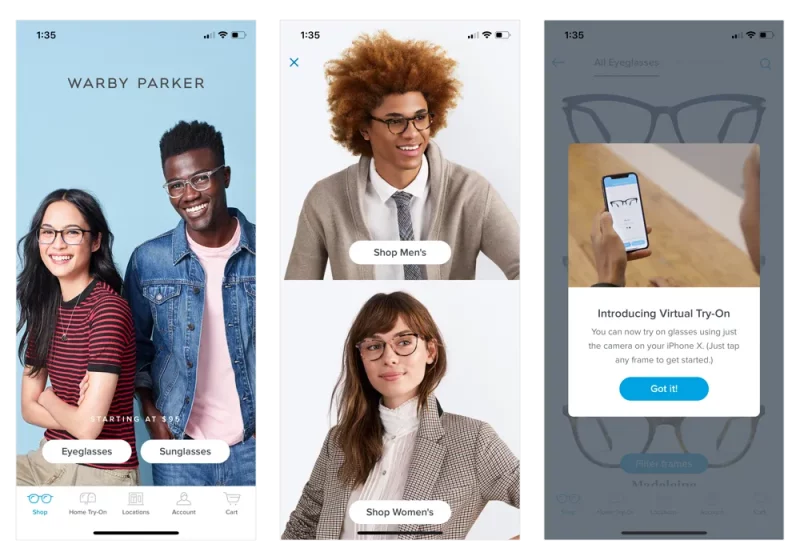
Warby Parker’s brand identity is simple and accessible. Like its products and services! It disrupted the expensive eyewear industry with its affordable, high-quality, and affordable glasses. They use blue to create trust and professionalism for the brand, and use minimal, well-spaced fonts to communicate clearly.
These brand identity examples are powerful, with their brand messages and voices all aligned with their values and customers.
How to develop a brand strategy?
Knowing the difference between branding, branding, and brand identity, how can you apply this knowledge to your business?
“Brand strategy” sounds more intimidating than it really is. It’s really about defining your target audience and seeing how your product can stand out to them.
Record your research and notes on our branding template !.
1. Find your niche and research your competitors
An important part of creating a strong brand identity is figuring out where you stand in the market and knowing if there’s a demand for what you offer. Once you have an idea of this, take a look at your competitors and find out what they are doing and how you can do it better.
- What is their message?
- What brand colors do they use?
- What is their typeface?
- What are their shapes and images?
Summarize all of your competitors’ marketing touchpoints and business initiatives and determine how you can do better while staying true to who you are .
2. Define your target audience
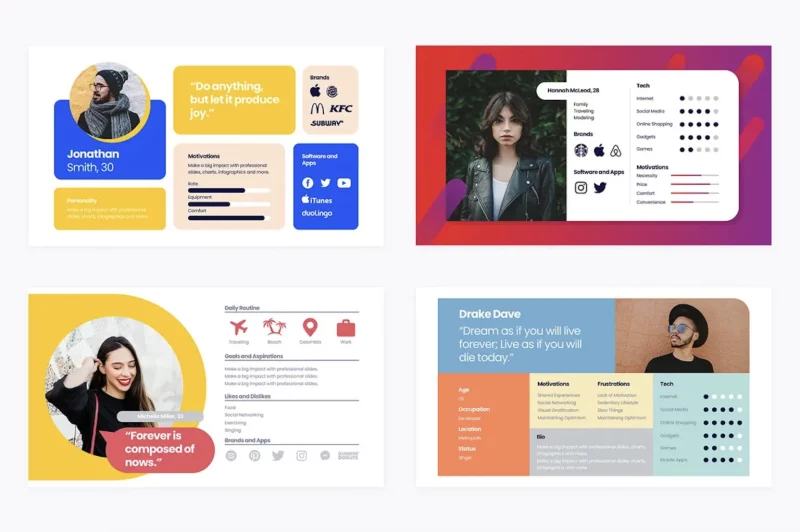
Can’t please everyone. So tailor your mission and message to your target audience by answering these questions:
- What is their demographic?
- How do they get their information?
- What are their hobbies?
- Do they face any challenges?
- What is important to them?
Create a few marketing figures that are a hypothetical combination of your ideal customer. We’ve set up a chart for you to add your research to our brand identity board !
Having a picture of who your ideal customer is will help you better understand when taking the next steps in your brand identity.
3. Define your purpose and why
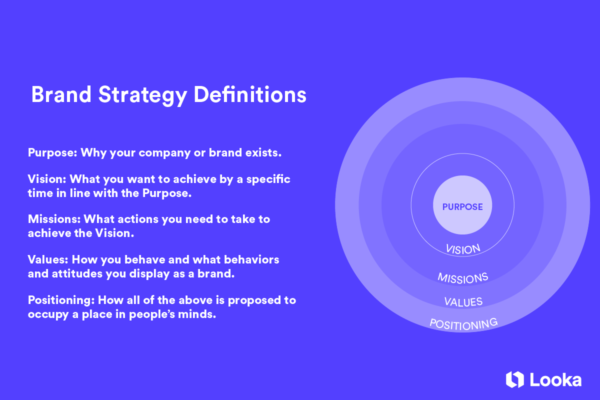
What is your company most passionate about? What is the reason for existence? Do you represent a cause?
“People don’t buy what you do. They buy why you do it. – Simon Sinek
Your purpose is the driving force behind everything you do. Every aspect of your brand needs to reflect this to ensure a strong brand identity. Identifying the following will give you more direction:
- Vision – What. This is the sole reason for your brand’s existence
- Mission – Method. Actions your brand is taking to make your vision a reality
- Value – Why. The driving force behind your vision and mission
Here is an example:
Check out Slack , an online communication platform for businesses. Their vision is “to make life at work simpler, more pleasant and more productive”.

Their mission — how they’re doing this — is to work with global partners and developers to “build apps and integrations that streamline work, automate tasks through often and bring context into the conversation”. By reading their vision, you will understand the foundation of simplicity and productivity in a pleasant workplace.
4. Name the business
A catchy and creative business name that best describes who you are and what you do! As your primary identifier, it’s important to find a name that personifies your brand.
How do you bring out this important factor? Here are a few ideas:
- Make up a word – Example: Pepsi
- Irrelevant Words – Example: Apple
- Change an existing word by adding or removing letters – Example: Flickr
- Latin – Example: Volvo (Latin for “I roll”)
- Create a portmanteau – Example: Facebook (a combination of two words, Face + Book)
- Use acronyms – Example: IBM (International Business Machines)
- Add prefixes and suffixes – Example: Shopify (Shop +ify)
- Choose a location – Example: Amazon (world’s largest river)
Once you’ve decided on a business name, revisit your brand’s vision, mission, and values – does your name reflect any or all three? If so, you are one step closer to creating a strong brand.
5. Slogan/tagline
When creating a slogan, keep your company’s mission and purpose in mind. You’ll want to summarize your business purpose in a single sentence that you use in your social and marketing assets. Your tagline should be short and catchy to make a strong and memorable impression!
To get started, you can take several approaches:
- Make your statement — Example: Carlsberg – “Probably the best beer in the world”
- Use metaphors — Example: Skittles – “Taste the Rainbow”
- Tell them what to do — Example: Apple – “Think Different”.
- Leverage Label — Example: Card Against Humanity — “Party Game for Terrible People.”
- Getting Dreamy — Example: Folgers Coffee – “The best part about waking up is Folgers in your cup.”
- Compliment your customers : Example: L’Oreal – “Because you deserve it”
TIP: Your slogan should directly reflect the voice of your brand. If your brand were a person, what tone would it have? Will it be empowered? Happy? Silly?
How to build a brand image identity – Visual identity
Now that you have the groundwork for your brand strategy, it’s time for the fun part — coming up with your visual identity ! This includes:
1. Logo

Your logo is the face of your brand — it’s the tip of the identity iceberg! Consider your audience and what will impress them, and effectively communicate who you are and what you do as a business.
When designing a logo , it should be timeless and scalable so that you have a lasting design that can be easily used in a variety of mediums.
Whether you’re a designer or not, keep these 5 tips in mind when designing a logo:
- Keep it simple
- Make it memorable
- Flexibility test
- Ask, “Is it suitable?”
- Created for the long term
Ask yourself if your logo captures the essence of your brand. If so, you can move on to the next step.
2. Color palette
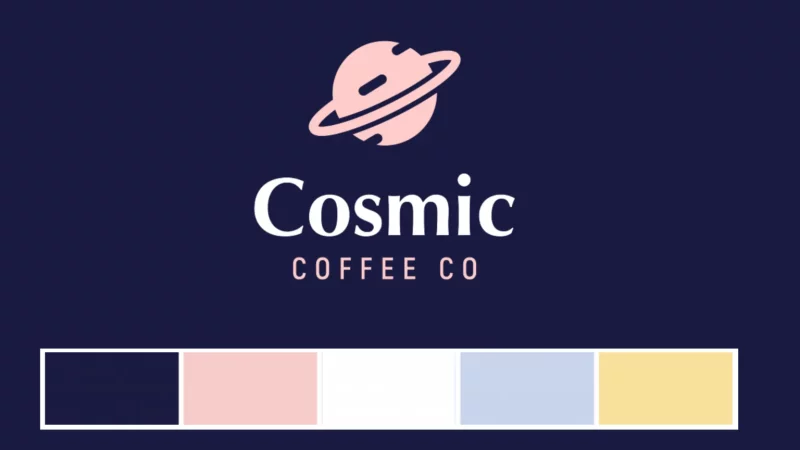
Your logo will have a background based on your brand’s color palette.
Think about the impact of color on your brand. The famous Tiffany blue color is associated with feelings of surprise, joy, and fear. Tiffany’s has done a great job in incorporating its brand colors; People can’t help but recognize the brand before seeing the logo.
When deciding which colors will convey the feeling you want to convey, consider some basic colors and emotions . Your brand color palette can range from 3 to 8 colors:
- 1 main color
- 2 primary colors
- 3-5 complementary and accent colors
Be wise in choosing color combinations to differentiate you from your competitors to avoid confusing consumers.
Experiment with different shades and shades, and don’t be afraid to explore colors that aren’t commonly used in your industry! The more you stand out from your competitors, the better.
3. Typography
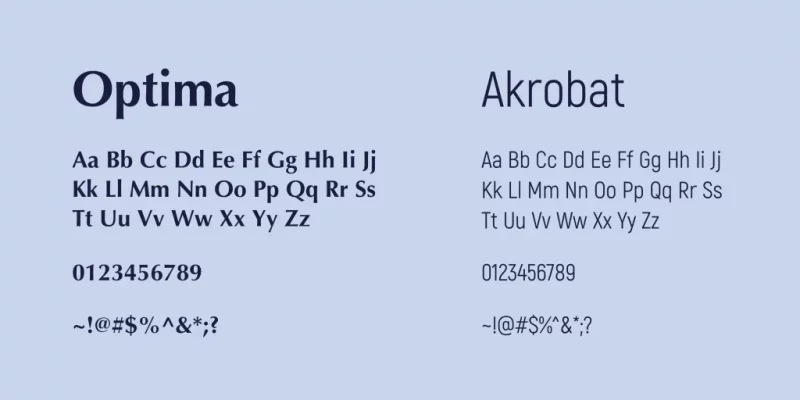
The magic loops and swirls of Disney’s custom typeface make no sense if used anywhere other than Disney’s marketing material. Spotting their typeface anywhere automatically triggers thoughts of the happiest place on earth.
Your font choice sends a message about who and what your brand is. Choose one or two fonts to use for the title and body text and paste them into the channels (it could be the font used in your logo or additional typography) . You can even choose a primary font and use different cuts and weights for it.
Read more about font types and how to choose the right one
4. Shapes and images
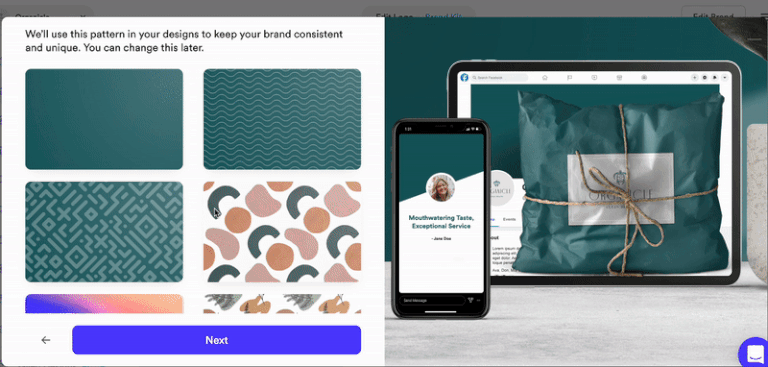
Shapes and images play a fundamental role in visual communication. Consider how you want your audience to feel when they come across your brand. For example, using round shapes represents a sense of unity and comfort, while sturdy shapes are better suited to represent stability and reliability.
Strengthen your audience’s engagement with your brand by strategically choosing shapes and images. Choose impactful images that will resonate with your target audience.
Tip: When choosing an image, think about your brand voice: is your voice loud and bold? Modern and edgy? Your image must reflect that to ensure a cohesive visual communication strategy.
5. Brand Handbook
An important part of your brand identity is guidance on how to use your logo and brand visual assets. This keeps things consistent and helps build trust with customers.
Branding manuals typically include:
- Logo elements – the elements that make up your logo (wordmark, icon and slogan)
- Color variations – the main version of your logo, along with black and white variations
- Free space — also known as buffer, safe space, and exclusion zone, ensures maximum visibility and impact
- Unacceptable use – examples of what not to do with a logo design to prevent it from being altered.
Include your mission statement, visual rules for images and logos, brand voice strategies, packaging specifications, and email marketing in your guide.
To keep your brand association in the minds of consumers, use your brand assets consistently across all marketing touchpoints. Brand Guidelines are useful when:
- Design brand assets
- Working with a designer
- Working with a printing factory
- Bring in a new employee
Here is an example of a brand handbook:
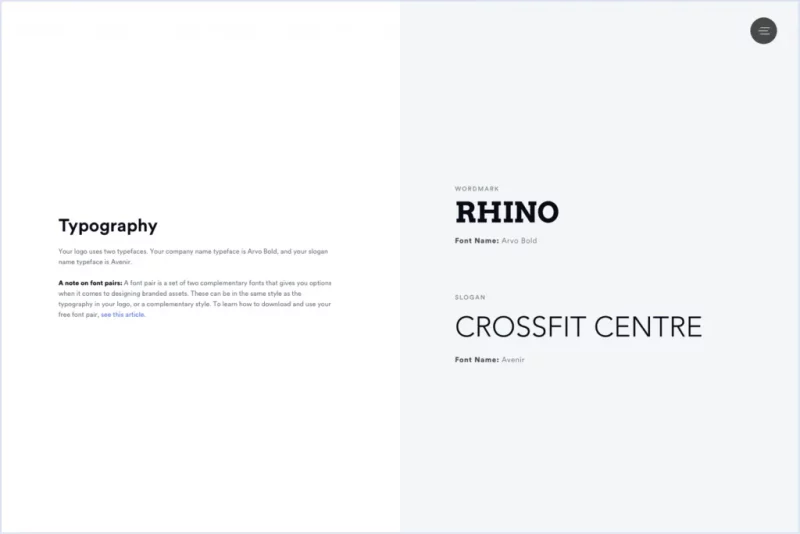
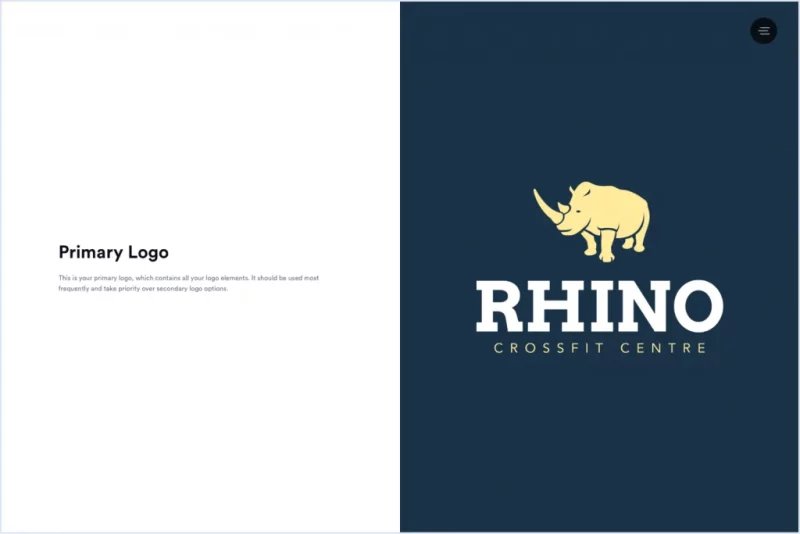
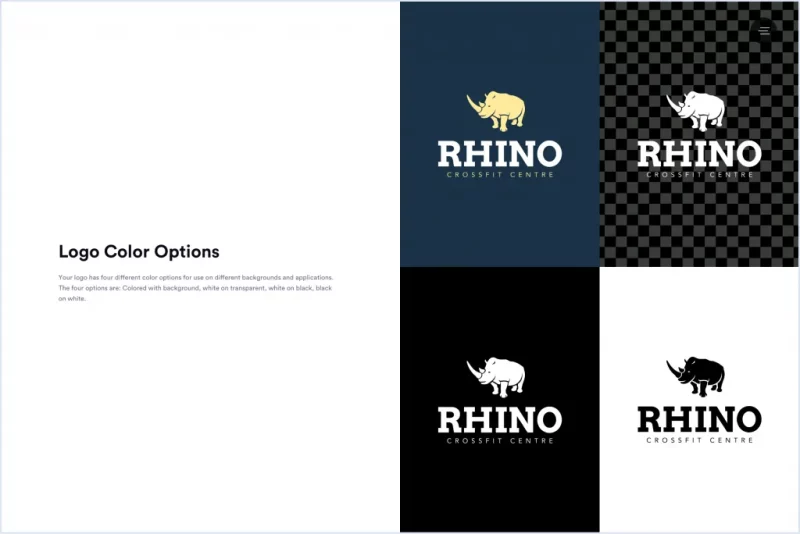
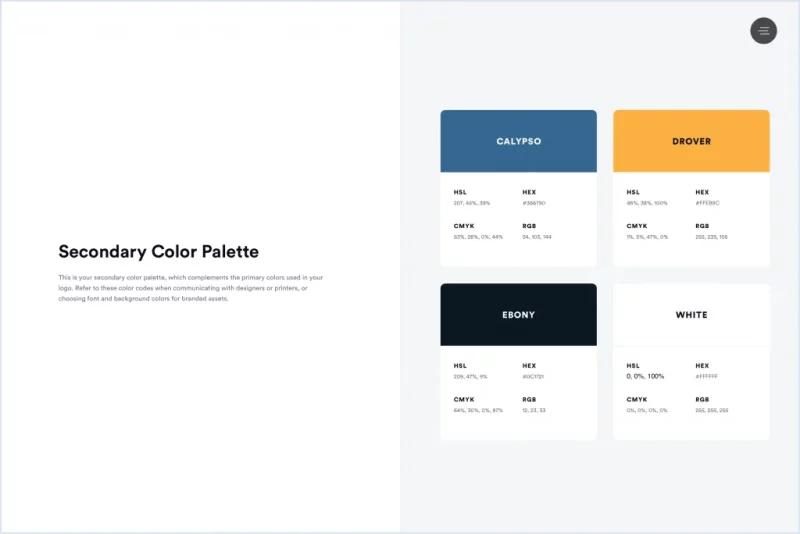
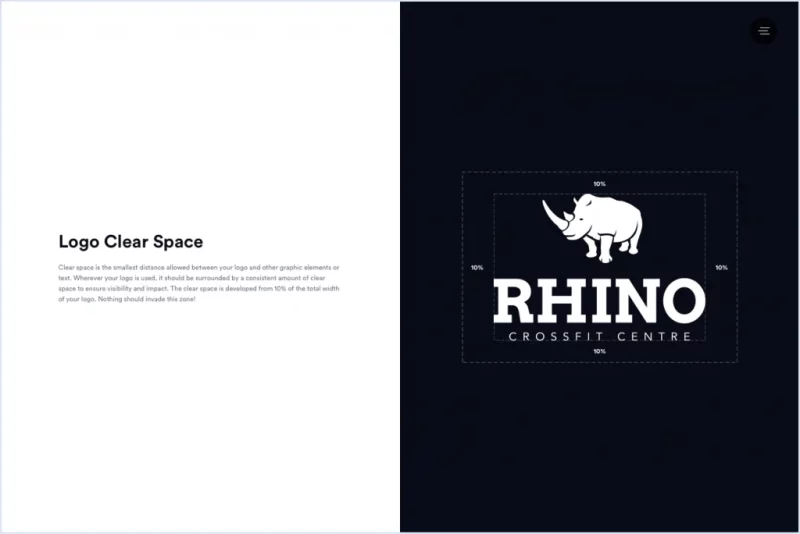
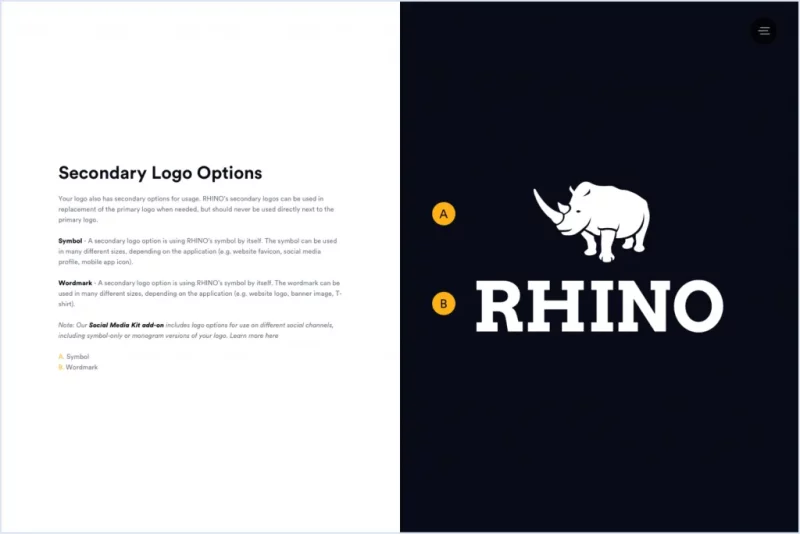
Where to combine your brand identity
Part of establishing a consistent brand is staying true to that brand to build customer trust while also giving direction to your team (even if it’s just you).
Here’s how you can start integrating your brand into your business:
Website
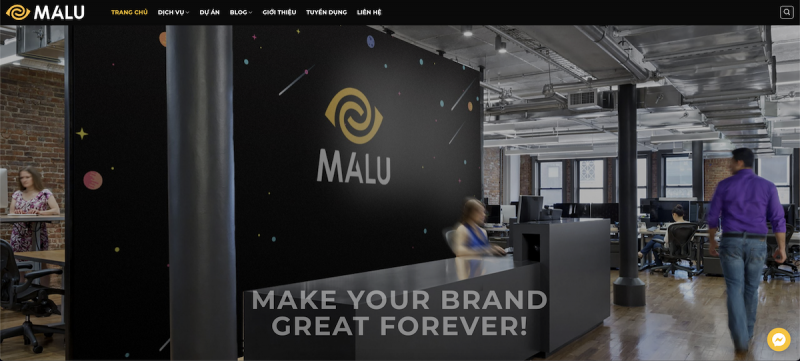
Your website is the digital face of your business. Make sure it’s consistent enough that people trust you enough to buy from you!
- Use your brand color as header, highlight color, and footer.
- Use your brand font as the main font on your website
- Make sure your brand voice is consistent throughout your message
- Include your branding images and templates throughoutPrefer fast loading speeds with a clean and simple layout
Not sure what kind of website you need? Take a look at our blog on what is the most complete concept of a website !
Packaging Products
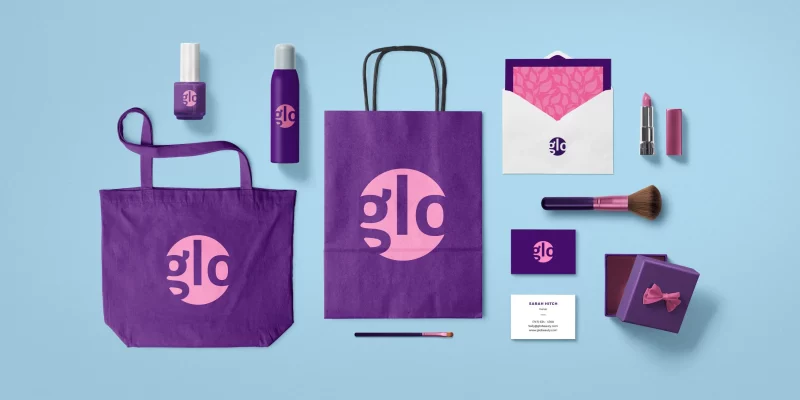
If you sell physical products, having a great unboxing experience is critical to getting social mentions, user-generated content, and making a good impression.
- Include your brand image, pattern and logo on the packaging
- Includes a branded thank you note
Business card

Business cards are a casual way to let people know about your business. Make sure they’re branded with your brand logo, fonts, and colors along with your information.
Email signature
Adding your logo and brand fonts to your email signature adds credibility and professionalism that can get more responses and collaborations from others. A simple branded email signature can give you more authenticity!
Social media channels
![]()
No one will follow or reply to an account that looks amateurish or fake. Add your logo as a social media icon and make your social media recognizable.
Use your brand colors and fonts to make your feed easy on the brand. Life is easier when you address your brand guidelines!
Garment and stationery
For local or online businesses, promote by getting branded gifts to give to customers and friends. Add your logo to everyday items like linen bags, t-shirts, or notebooks. If people use them, it becomes free marketing for you!
Brand identity takes time
The branding process should never be rushed. It’s important to clearly define your brand strategy early on so you can build on it as you grow your business.
If you’re starting out on your own, make sure to take some time to think about the brand you want to build. On this exciting journey, remember:
- Understand why branding is important
- Create a specific strategy that defines your target audience
- Establish your brand identity and use it consistently across channels
When you come up with your strategy and logo design, you’ve taken an important step in building your brand. Your brand identity will come together to support your business and build trust and recognition among your customers.
Show the world what you’ve got!
Choose a brand identity design agency for your business?
Brand identity design is an activity that requires high expertise and long-term experience. Therefore, for smooth and efficient operation, please assign this responsibility to professional units. A unit with people in the industry will help your company complete the steps in the branding process. Learn more about brand identity design services for your business at Malu Design ! We have successfully implemented for SMEs – Start-ups in all fields and industries. Malu Design aims at strong development, prosperous growth, long-term association with your business.
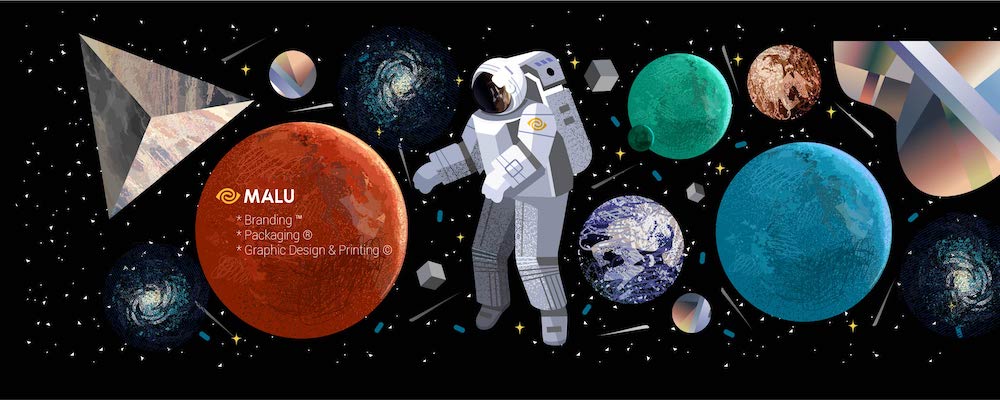
If you are looking for a reputable and experienced unit to be able to design your company’s logo and brand identity system professionally and impressively, then please contact us immediately by phone. 0988 622 991, or leave your information and requirements, Malu Design ‘s consulting department will contact you right away to answer all your questions!
————————
Malu Design – Branding Identity Agency
Hotline: 0988 622 991



![[Case Study] – Nike's Branding Strategy 7 chien luoc xay dung thuong hieu cua nike](https://maludesign.vn/wp-content/uploads/2021/03/chien-luoc-xay-dung-thuong-hieu-cua-nike-500x500.jpg)
